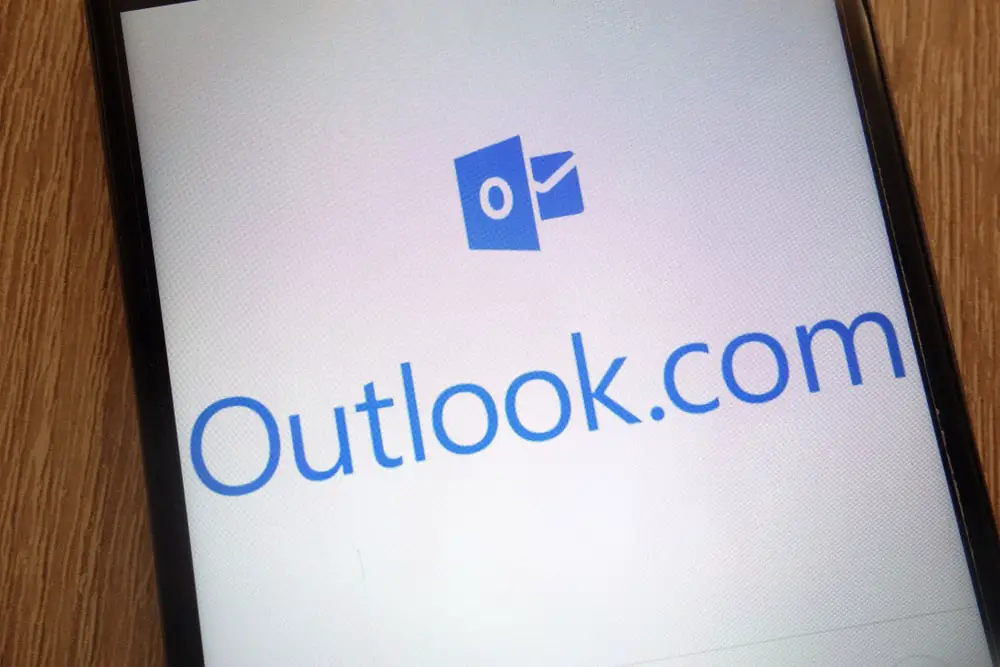
DISCLOSURE: This post may contain affiliate links, meaning when you click the links and make a purchase, we receive a commission.
Spam emails are an annoying and unsolicited form of internet communication that can flood your inbox and clutter up your online experience. Spam emails are not only irritating, but they can also pose a serious security risk to your computer and personal information.
That is why mailing services such as Outlook use a form of protection against spam called Outbound protection. If you don’t know much about how Outbound Protection works on Outlook or the service in general, dive in as we explain everything you need to know about it!
What Is Outbound Protection?
Outbound Protection is a process used to detect and filter out unwanted or unsolicited emails from being sent out from an email server or system.
It works by analyzing emails sent from the server or system, and if it finds a message that contains certain characteristics that indicate it is unsolicited or unwanted, it will either block or quarantine the message before it can be sent.
Outbound Spam Filtering helps to protect the reputation of an email server or system, and it can also help to protect the recipient from malicious content or phishing attacks.
With that said many people do not understand the difference between Inbound Protection and Outbound Protection since they sound very similar.
However, you don’t have to worry, as we’ll clear up this confusion by addressing the fundamental difference between the two so you have a better understanding of what these are.
Difference Between Outbound Protection And Inbound Protection
Inbound protection is a type of security measure designed to protect a computer or network from unauthorized access or malicious activity from an outside source.
It typically involves a set of rules and regulations designed to block malicious activities from entering the network, such as malware, phishing, viruses, and other malicious software and applications.
Outbound protection is a type of security measure designed to protect a computer or network from unauthorized access or malicious activity originating from within the network.
It typically involves a set of rules and regulations designed to monitor and block malicious activity from leaving the network, such as data breaches, malware, and other malicious activity.
Outbound protection can also be used to monitor and control the types of data that can be sent out of the network, such as personally identifiable information (PII).
How Does outlook.com Implement Outbound Protection?
The EOP (Exchange Online Protection) is an anti-spam solution from Microsoft which provides several services to help protect against unwanted outbound emails. It is designed to detect and block outbound spam messages before they can be sent to any recipient.
Segregating Outbound Email Traffic
Whenever you send an email from Outlook, it is scanned for spam. If it is detected as spam, it is forwarded from a less reputable IP address, which is also called the “High-Risk Delivery Pool”.
This is done to inform the receiver that the email received is from a suspicious or dangerous domain and may contain potential malware or spam.
Disabling Accounts
Microsoft has a strong stance against sending spam emails. While they do segregate a certain email account when it is flagged for spam, if an account is sending too much spam indefinitely, it will be disabled after it reaches a specific limit.
Microsoft also disables accounts that send too many emails in a short period of time, regardless of whether they send spam or not.
Conclusion
Through understanding the risks of spam emails and taking measures to protect your computer and personal information, Microsoft ensures that your online experience stays secure and free from the nuisance of spam emails with the help of its Outbound Protection service, EOP.


